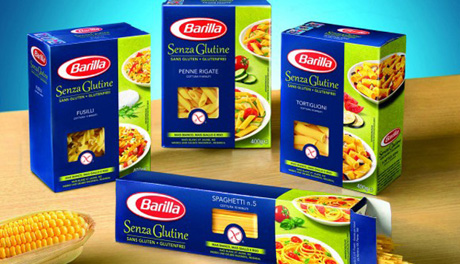
Despite the incidence of coeliac disease being just 1% of the population, 15% of Americans are now eating gluten-free foods. In addition, a further 9% of consumers report sharing a household with someone on a gluten-free diet, which means they are likely inadvertent occasional consumers of gluten-free foods. Gluten-free foods appear to have developed a health halo that is seeing people opt for gluten-free alternatives for health rather than medical reasons. Nearly four in 10 (39%) believe gluten-free diets to be beneficial for everyone, not just those who need to avoid gluten for medical reasons. Of those who are eating gluten-free foods, barely three in 10 (28%) have been diagnosed with coeliac disease, the remaining 72% either suspect they are intolerant, or do so for other reasons, with the main reason being that they believe gluten-free foods to be healthier (65%). As such, the evolution of gluten-free pasta is important for continued growth of the category. With just 7% of consumers agreeing that gluten-free pasta tastes as good as regular pasta, the segment has some way to go in order to win over more consumers. In 2013 market leading brands Ronzoni and Barilla both launched gluten-free pasta, taking it well and truly into the mainstream. The arrival of established brands both with a reputation for quality in the segment signals to consumers that quality in gluten-free pasta is improving. Barilla Gluten Free Elbows Pasta is made with corn and rice and it is said to have a great classic taste with a classic texture. (source: Mintel Global Market Research)
